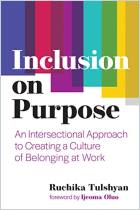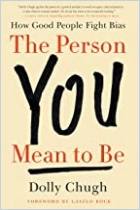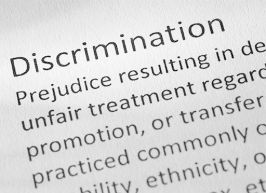Únase a getAbstract para acceder al resumen.

Únase a getAbstract para acceder al resumen.
Vanessa Echols, Hank Van Putten, Mary Robinson and Rachel Luce-Hitt
Microaggression
Colorblind: Race Across Generations podcast
Colorblind, 2018
¿De qué se trata?
Just because you didn’t intend to insult doesn’t mean it didn’t hurt.
Recommendation
Microaggressions are seemingly harmless comments, typically intended as jokes or even compliments. They usually come from people with the purest intentions; nonetheless, they betray the speaker’s implicit prejudice and can cause a lot of harm over time. Colorblind podcast host Vanessa Echols and her panel of experts discuss what exactly microaggressions are, why they hurt and how to stop them.
Summary
About the Podcast
For her Colorblind: Race Across Generations podcast, journalist Vanessa Echols invites experts to loosely structured discussions on race issues. For this episode, her guests are Valencia College adjunct professor Hank Van Putten, Rollins College study abroad coordinator Mary Robinson and University of Central Florida diversity and inclusion facilitator Rachel Luce-Hitt.

















Comment on this summary